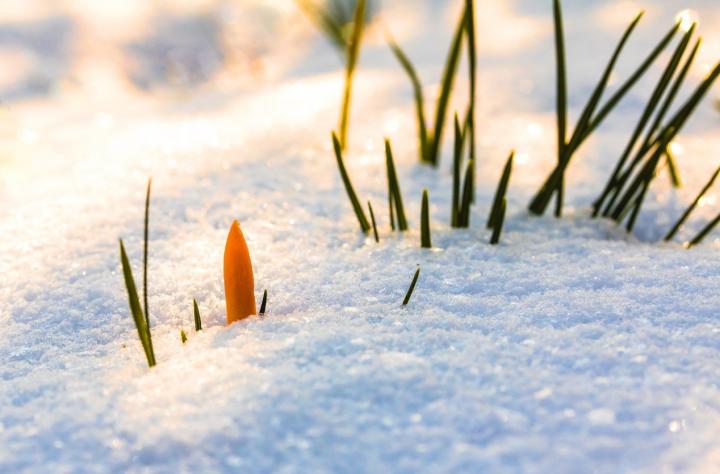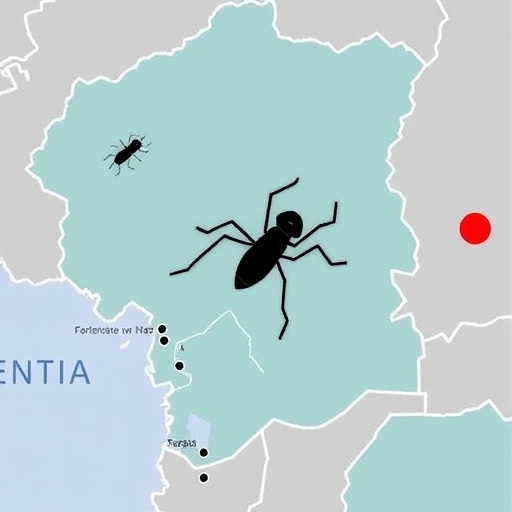
Credit: Myriams Fotos from Pixabay
Soil temperature has a significant impact on land-atmosphere interaction within the Earth system, affecting surrounding ecology, agriculture, and much more. This influence is a primary component of what is called a “thermal regime” of land, or a regular pattern of temperature change within the soil. Climatologists are intrigued by fluctuating soil temperatures, especially during the first decade of the 21st century where global surface warming has slowed down. The thermal regime, according to scientists, is greatly influential on climate, particularly seasonal climate prediction. Now, studies are focused on determining whether or not soil temperatures also respond to slower surface warming, therefore entering a warming slowdown, or hiatus.
“Soil temperatures normally are closely coupled with the upper surface air temperature,” said Dr. Haoxin Zhang, the lead author of the most recent study published in Advances in Atmospheric Sciences, “…there are also many other factors including solar radiation, snow cover, soil memory, etc., that may alter the soil temperatures.”
During the recent global warming hiatus, the strongest warming slowdown throughout China occurred during winter. Observed surface air temperatures and soil temperatures at multiple depths showed consistent cooling trends at many Chinese reporting stations. However, in northeastern China, surface air temperature seemed less influential on soil temperature. In this region, soil data retrieved from 0cm to a depth of 80cm suggested a continuing warming trend despite the surface air warming hiatus.
“The enhanced thermal insulation effect of the snow cover reduced the heat loss from the soils,” said Dr. Zhang. To confirm their results, the team investigated snow cover along with other direct and indirect soil temperature influences in northeastern China. The research further showed that the increasing snow depth in northeastern China may be the main reason for the continued warming trend in soil temperatures. Dr. Zhang further stated “…this is important for the agriculture.”
In addition to the thermal insulation effect of snow cover, the ability for soil to record human changes and environmental influences, or “soil memory” is also important, especially at greater depths.
“This means the effects of various factors may be ‘memorized’ in the deep soil temperatures, which in turn contribute to the seasonal climate prediction.” said Dr. Naiming Yuan, the corresponding author of the study. “The thermal conditions from previous seasons have stronger impacts than those from the surface air temperatures or the snow cover of the considered season at deeper layers (around 160cm or deeper).”
###
Media Contact
Ms. Zheng Lin
[email protected]
Original Source
http://english.
Related Journal Article
http://dx.




